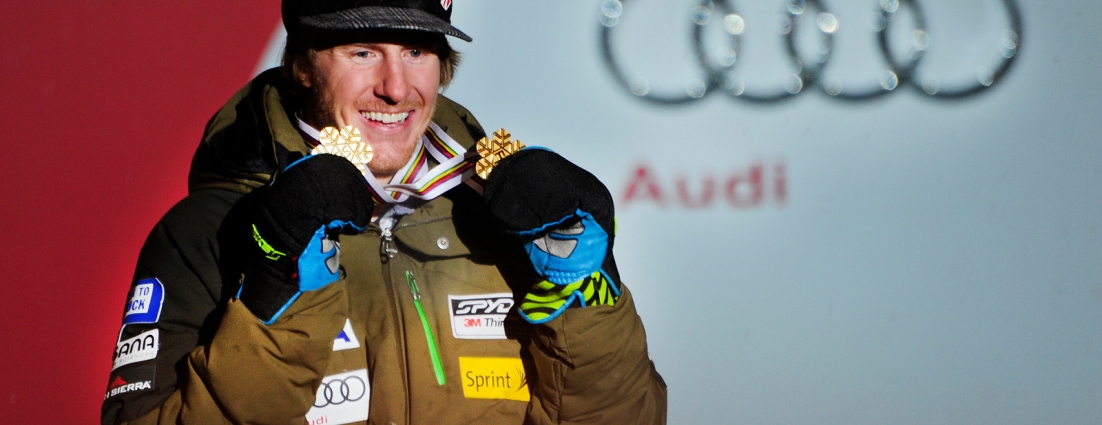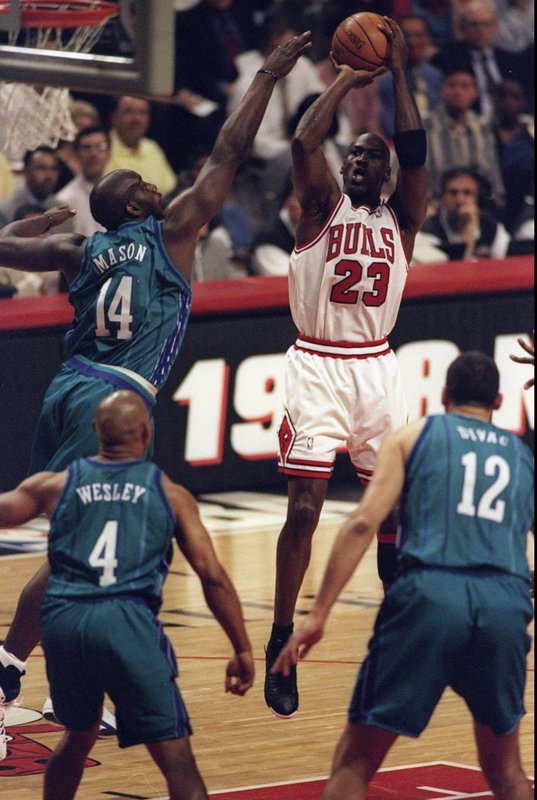Failure is the New Success
11.28.2016 | Ski Racing Staff

It’s time to have a chat about failure. It is inevitable. It is painful. It is also a rite of passage on the route to success.
As proof, one can reference this list of famous failures:
Abe Lincoln: lost his job, a business, his seat in General Assembly and two bids for the Senate
Winston Churchill: failed sixth grade and was defeated in every election until winning as Prime Minister
Soichiro Honda: turned down for a job at Toyota
Thomas Edison: “too stupid to learn anything”
Charles Darwin: “disgrace to the family”
Oprah: “unfit for TV”
Walt Disney: fired for lack of imagination
Einstein: expelled
Bill Gates and Steven Spielberg: dropouts
Steven King: threw “Carrie” into the trash. (His wife fished it out.)
Elvis Presley was told by the manager of Grand Old Opry: “You ain’t goin’ nowhere, son. You ought to go back to drivin’ a truck.” And Fred Astaire’s appraisal after his first screen test read: “Can’t act. Can’t sing. Slightly bald. Can dance a little.”
Notable business “failures” include one of the world’s youngest billionaires, Nick Woodman, who lost $4 million in two companies before founding GoPro, and, of course, Steve Jobs, who masterminded multiple epic failures before becoming the iGod of the modern business world.
In the sporting world, Michael Jordan, who was cut from his high school basketball team, offers these words on failure: “I’ve missed more than 9,000 shots in my career. I’ve lost almost 300 games. Twenty-six times, I’ve been trusted to take the game-winning shot and missed. I’ve failed over and over and over again in my life. And that is why I succeed.”

The aforementioned people all chose to look at failure as feedback and used it to cultivate resilience. In education circles, “that quality of being able to sustain your passions, and also work really hard at them, over really disappointingly long periods of time” is officially called grit. When you give yourself entirely to something, you lunge beyond the safety net and at some point, you’re going to end up down in the dirt. Grit is what gets you out.
Those moments, however large or small — when you decide to either lay down and die or spring back with your dukes up — have an enormous cumulative impact. Will you give up? Get frustrated? Ski out on a bad run? Will you rationalize giving up on yourself because it’s “not my day…not my hill…not my event.” Will you slip into the habit of putting “with my luck…” at the front of your statements? Will you pretend not to care by shutting out input, tear down others to make yourself feel better or make excuses for your performance?
We all have weak moments and we may do some or all of these things. But at a certain point — precipitated by a major failure, persistent shortcomings, a confrontation or some shift in perspective — those determined to succeed realize that habits become who you are. The greats in anything, somewhere along the line, make a decision about who they are going to be, and their every action reflects it.
An athlete enjoying untrammeled success is sort of like that seemingly perfect couple or perfect family — we are either not seeing their struggles and failures, or they haven’t yet happened. Lucky for us, the gift of failure presents itself all the time in ski racing, where mercurial swings from mastery to misery are part of the ride. Learning to float on the waves but still maintain course is the key. On one hand, you have to blow off failure, chalk it up to character building or a tough day or bad luck. But you also have to hang on to part of it, that hard nugget of truth that teaches you something about what you can do better or differently next time.
Holding on to failure can be powerfully motivating. It might be the memory of a brother chasing you down to the chairlift to tell you he’d kick your &^% if you ever gave up like that again, or it might be a more subtle message. I clearly remember the feeling of despair and shame in the finish area of the last race of one season, when I knew I simply hadn’t given it my all. Rather than consoling or scolding me, my coach calmly told me to hang on to my misery, to lock the feeling away and bring it back whenever I needed an extra push. The first race of the next season was a big breakthrough, largely because I wanted to avoid the feeling of failure that lay at the ready, preserved at its peak of freshness.
Success often works in the shadow of failure. Hermann Gollner mused on this recently when reflecting on the many athletes he’s coached over the years who seemed unable to surmount major, technical failures like leaning in or rotating. Miraculously, some would show up after not skiing, and the problem would have disappeared. He now encourages athletes to look at camps and training sessions as input. Much like “sleeping on it” to solve a problem, time off snow is often when information is synthesized, and all the seemingly fruitless effort and failed messaging alchemizes into success.
Most of the time, we only hear from athletes when they are succeeding, and telling us what went right. When we’re lucky, however, they touch on what went wrong along the way. Steven Nyman, World Cup alpine ski racer, after a hat-trick victory in Val Gardena, pointed out that he has crashed as much as he’s won there, including on his first outing in 2005.
Tina Maze, a Slovenian World Cup alpine ski racer, after one of many disastrous races, told her fans, “I see a lot of positive things even in mediocre results. Patience and time are my allies and so I fear nothing.” That worked out pretty well.

“The Climb” is a film that follows Lindsey Vonn, the most successful American female skier of all time, on a two-year journey, through two crashes, two surgeries and the ongoing fight back to the top of the podium. The film shows how Vonn used aspects of her botched first comeback to nail her second.
And Ted Ligety, once again, schooled us all in the power of keeping the faith, by turning a season’s worth of near-miss slalom runs and not-quite-there GS runs into bronze and gold when it counted most. None of these fairytale endings were guaranteed, but they all featured a main character who looked failure in the eye and said, in order, over a span of time, “I get it…I’ve got this…Game on!”
Let’s not forget that Vincent Van Gogh sold one painting in his lifetime — to a friend. Success takes time and can involve a seriously painful amount of failure. So hang on to your ears, open our eyes and embrace failure as a critical part of becoming a screaming success.
About the author: Edie Thys Morgan is a former U.S. Ski Team downhill racer. She lives in New Hampshire with her husband, Chan, and their boys.